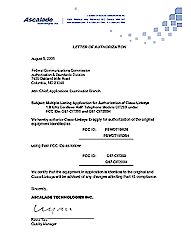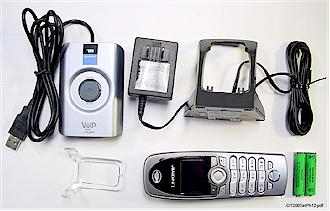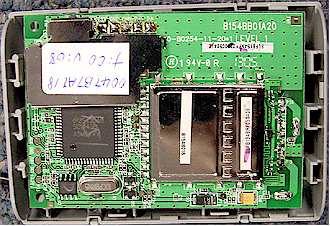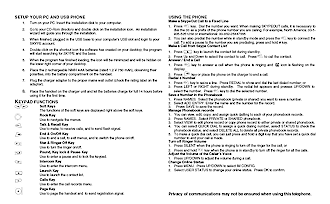Introduction
Despite the rumors about Skype being purchased or done in by competitors, it appears that Linksys thinks Skype will be around for at least a little while longer. Using information from the FCC website, I’ve pieced together a quick look at the upcoming CIT200 Cordless Internet Telephony Kit
The CIT200 will be OEM’d from Ascalade Technologies, a Richmond, B.C.-based design house specializing in DECT, WDCT, and VOIP technology.
Figure 1: Letter of Authorization
(click image to enlarge)
The CIT200 will essentially be a physical repackage of an Ascalade reference design but be electrically identical (Figure 1).
As illustrated by Figure 2, the CIT200 consists primarily of:
- a base station that plugs into the USB port of a computer (most likely Windows only) running Skype
- a handset
- a charger / base for the handset
Figure 2: The CIT200 kit components
(click image to enlarge)
Like the soon-to-be-available-in-the-US Olympia Dualphone [reviewed here], the CIT200 uses a US version of DECT that operates between 1.920 and 1.930GHz, staying clear of interference from the overcrowded 2.4GHz band. Unlike the Dualphone, however, the CIT200 appears to be Skype only and doesn’t let you plug in a regular PSTN line for non-Skype calling into its base station (Figure 3).
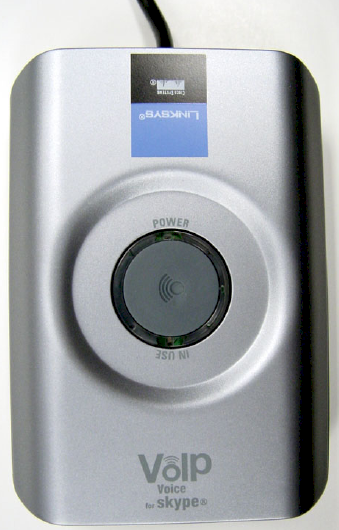
Figure 3: The base station
Inside Story
The base conveniently receives its power from the USB connection and has Power, In Use and what looks to be a handset page button. The inside shot of the Ascalade reference design (Figure 4) shows that it uses a National Semiconductor SC14438, which I’m guessing is a variant of the National Semiconductor SC14428 Baseband Processor. The chip incorporates a National 16 bit CompactRISC CR16C Microprocessor, DSP, and four 32 kbit/sec ADPCM transcoders among other features.
Figure 4: Base station innards
(click image to enlarge)
Figure 5 and 6 show that the handset designs differ in styling details only, while Figure 7‘s internal view mainly serves to show the rear-facing speaker. I can’t tell whether the speaker lets the handset support speakerphone mode, nor can I see if there’s a jack to allow a headset to be connected.
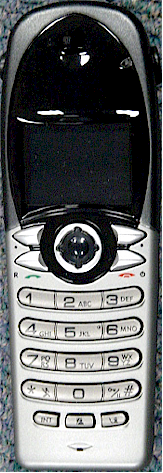 |
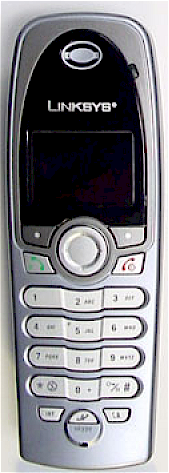 |
| Figure 5: Ascalade handset | Figure 6: Linksys handset |
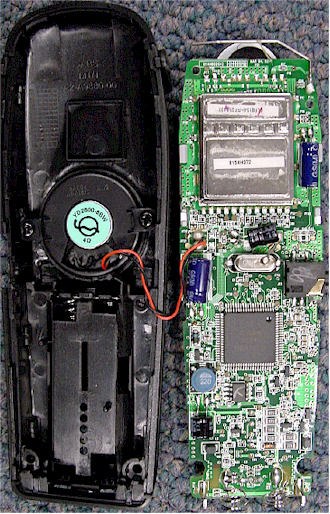
Figure 7: Handset internal view
Functions, Pricing & Availability
You can get a feel for the CIT200’s functions by reading through the very terse “manual” (Figure 8). Features include the expected ability to dial by number or by selecting an active Skype contact, phonebook number storage and ability to change your Skype online status.
You can also see reference to an “Intercom” key and menu, which implies support for direct phone-to-phone communication.
Figure 8: Functional summary
(click image to enlarge)
The Ascalade and Linksys FCC docs both were posted within the past week, but availability is anyone’s guess. A search of the online shopping engines and Froogle turned up empty so it’s a safe guess that the product isn’t going to make the back-to-school buying period. But unless something happens to take Skype out of play, my guess is that we might see the CIT200 available for this year’s holiday buying period.
Since the CIT200 doesn’t support both regular landline and Skype calling, I’ll again guess that Linksys will price it lower than the $140 that the Dualphone commands. The $100 price point is always a good place to stay below for “impulse” purchases, so I think it will end up someplace south of there.

